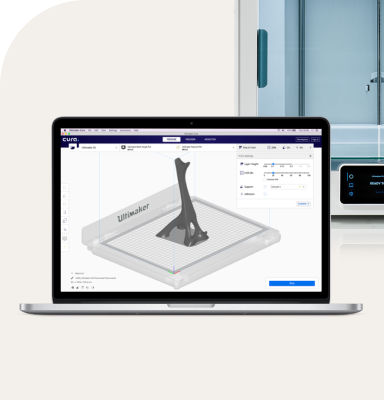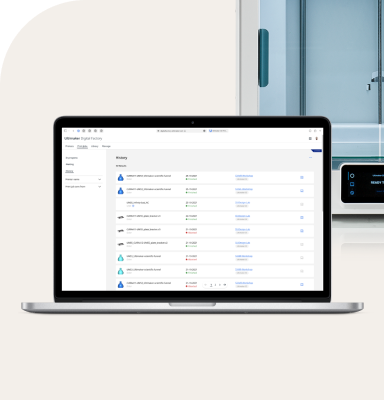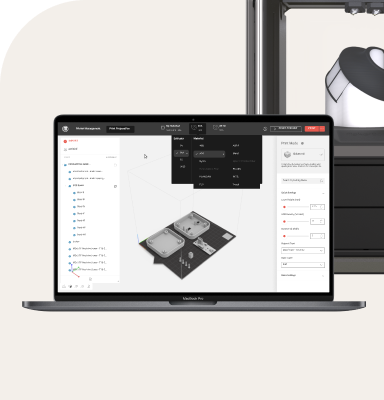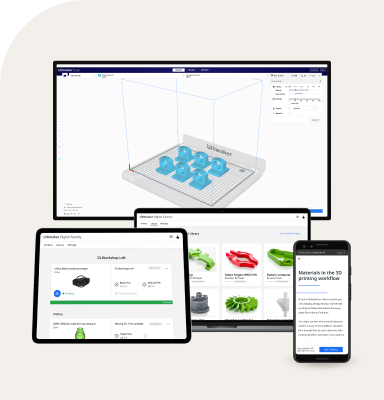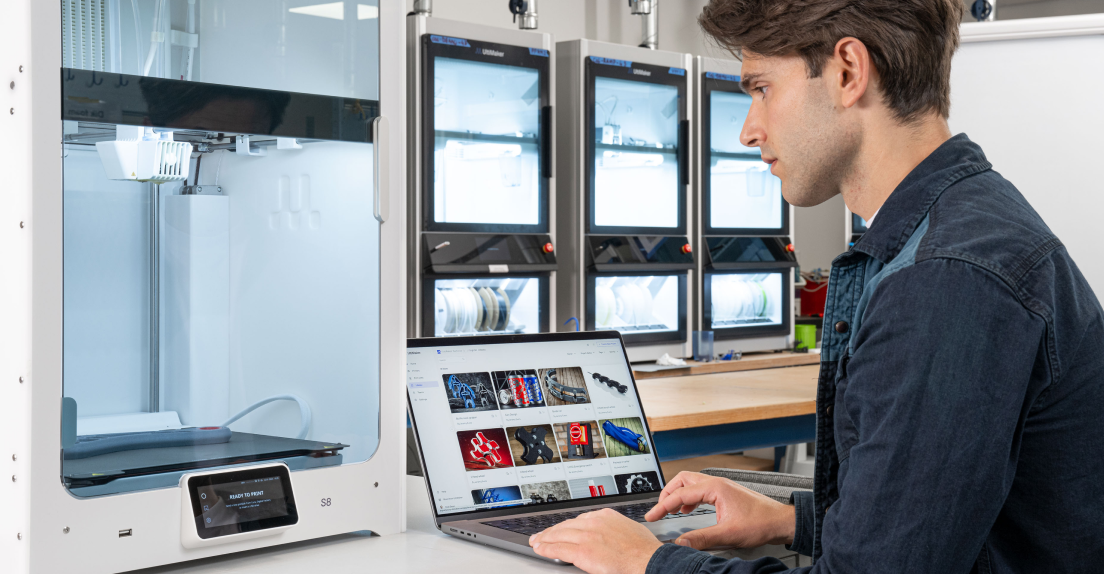Material properties and durability
When comparing the material properties and durability of FDM and SLA 3D printing, there are several key factors to consider:
Strength and durability
FDM printed parts are generally stronger and more durable than SLA parts. This is due to the nature of the thermoplastic materials used in FDM, such as ABS and PLA, which offer good mechanical strength and impact resistance. FDM prints are typically stronger than resin prints, especially for functional prototypes and end-use parts.
SLA resins, while capable of producing highly detailed parts, tend to be more brittle and less durable than FDM thermoplastics. However, engineering resins for SLA printers have been developed to improve strength and durability, narrowing the gap with FDM materials.
Material properties
FDM materials offer a wide range of material properties, including:
- Higher temperature resistance
- Better chemical resistance
- Greater flexibility (with materials like TPU)
- Improved impact resistance
SLA resins excel in other areas:
- Higher detail resolution
- Smoother surface finish
- Isotropic properties (uniform strength in all directions)
- Ability to create transparent parts
Environmental factors
When considering durability, it's important to note how the materials react to environmental factors:
- FDM parts are generally more resistant to UV light and outdoor conditions
- SLA parts can degrade more quickly when exposed to sunlight or moisture
- FDM materials like ABS and PETG offer better long-term stability
Anisotropy vs isotropy
A key difference in material properties between FDM and resin prints is their structural characteristics:
- FDM parts are anisotropic, meaning they have different strengths along different axes due to the layer-by-layer printing process
- SLA parts are isotropic, with uniform properties in all directions, which can be advantageous for certain applications
While SLA technology offers superior detail and surface finish, FDM generally provides better overall strength and durability for functional parts. The choice between the two often depends on the specific requirements of the application, balancing factors like detail, strength, and environmental resistance. Now, let's examine how these technologies compare in terms of speed and efficiency.
Speed and efficiency comparison
When comparing the speed and efficiency of FDM printing versus SLA 3D printing, several factors come into play:
Print speed
FDM printing is generally faster for larger, less detailed parts. The extrusion process allows for quick deposition of material, especially when using larger nozzle sizes and thicker layer heights. For simple geometries, FDM can produce parts rapidly.
SLA 3D printing tends to be slower overall, but excels at producing small, highly detailed parts quickly. The laser curing process can create very fine features efficiently. For intricate designs, SLA may actually be faster than FDM.
Build volume and throughput
FDM printers often have larger build volumes, allowing for bigger parts or more parts to be printed simultaneously. This can increase overall throughput for larger production runs.
SLA printers typically have smaller build volumes, but can tightly pack many small, detailed parts in a single print job. For small, high-detail parts, SLA may offer higher throughput.
Post-processing time
FDM parts often require more extensive post-processing to achieve a smooth surface finish. Support removal and sanding can be time-consuming.
SLA parts emerge with a smoother surface finish, but require washing and post-curing steps. However, these can be largely automated with accessories.
Material efficiency
FDM printing allows for variable infill density, potentially saving material on non-critical areas of a part. However, support structures often use additional material that becomes waste.
SLA 3D printing produces fully dense parts, but unused resin can be recycled. Support structures tend to use less material than FDM.
Operational efficiency
FDM printers are generally simpler to operate and maintain, with fewer consumables to manage. This can improve overall workflow efficiency.
SLA printers require more careful handling of liquid resins and additional post-processing equipment. However, the consistent quality of SLA prints may reduce failed prints and reprints.
The speed and efficiency considerations of FDM and SLA technologies directly impact their cost-effectiveness for different applications. Let's explore the cost considerations for both technologies in more detail.
Cost considerations - FDM vs SLA
When comparing the costs of FDM vs SLA printing, several factors need to be considered:
Initial equipment costs
- FDM printers are generally more affordable, with entry-level models starting around $200-$300
- SLA printers tend to be more expensive, with desktop models typically starting at $1000-$3000
- Professional and industrial-grade printers for both technologies can cost tens of thousands of dollars
Material costs
- FDM filaments are relatively inexpensive, typically ranging from $20-$50 per kilogram
- SLA resins are more costly, usually $50-$200 per liter
- Specialty materials for both technologies can be significantly more expensive
Operational costs
FDM printers generally have lower operational costs due to:
- Simpler mechanics requiring less maintenance
- No need for post-curing equipment
- Lower energy consumption
SLA printers have additional operational considerations:
- Resin tanks may need periodic replacement
- Post-curing equipment adds to overall costs
- Proper ventilation systems may be required for resin fumes
Cost per part
The cost per printed part depends on several factors:
- Part size and complexity
- Material usage and waste
- Print time and labor costs
- Post-processing requirements
For larger, simpler parts, FDM printing often proves more cost-effective. However, for small, detailed parts, SLA printing can be more economical due to its higher precision and lower material waste.
Long-term considerations
When evaluating SLA vs FDM costs over time:
- FDM may have lower ongoing costs for hobbyist or low-volume use
- SLA can be more cost-effective for businesses requiring high-detail, production-quality parts
- The specific application and production volume will ultimately determine which technology offers the best value
Understanding the cost implications of FDM and SLA technologies is crucial for making informed decisions about which method to use for specific applications. Let's explore the various industries and applications where each technology excels.


